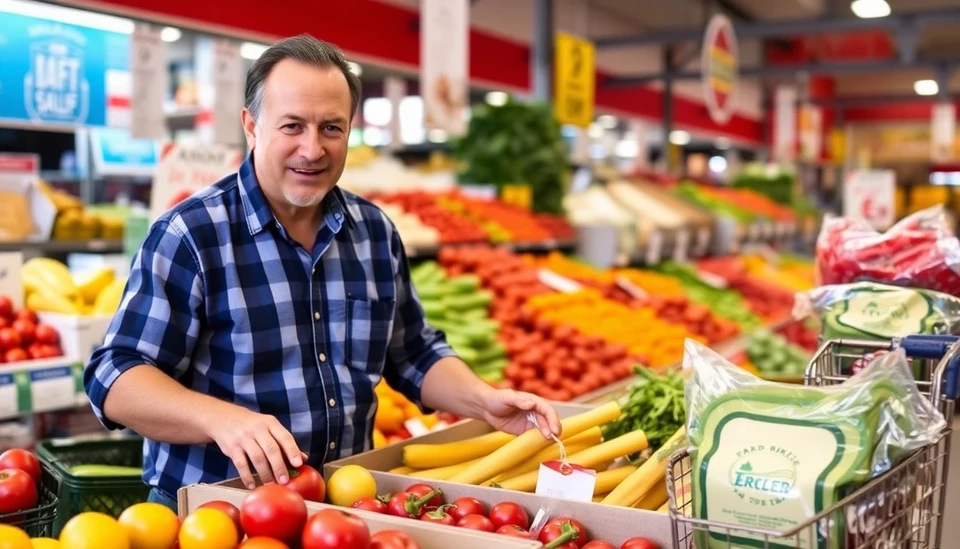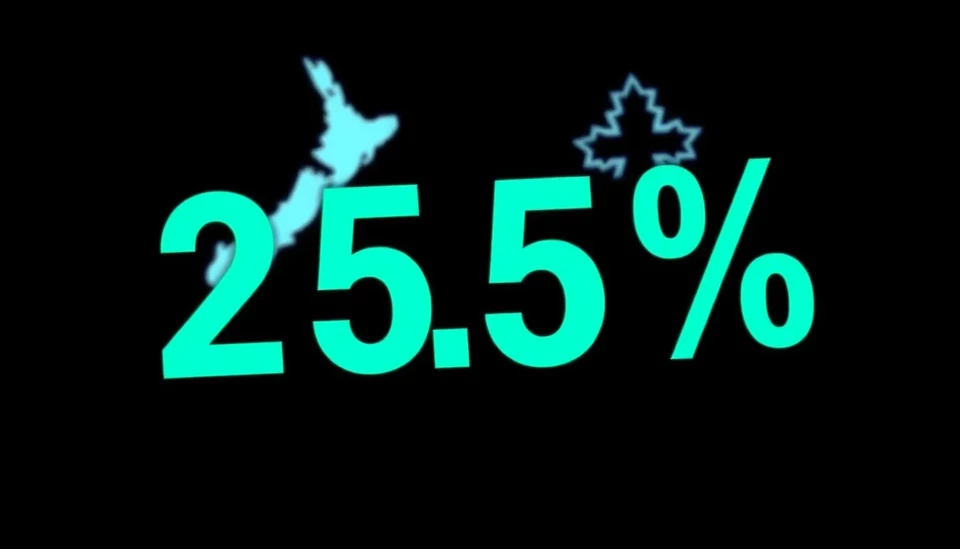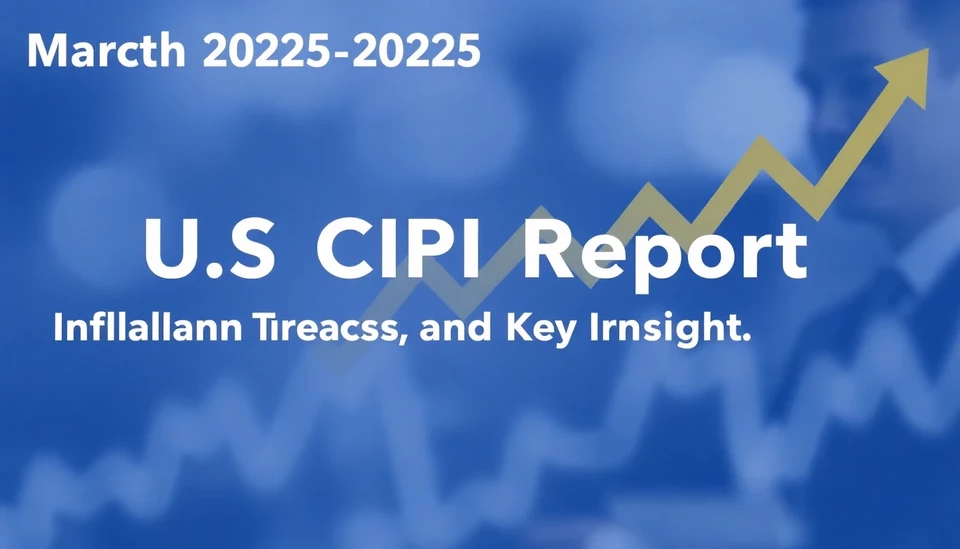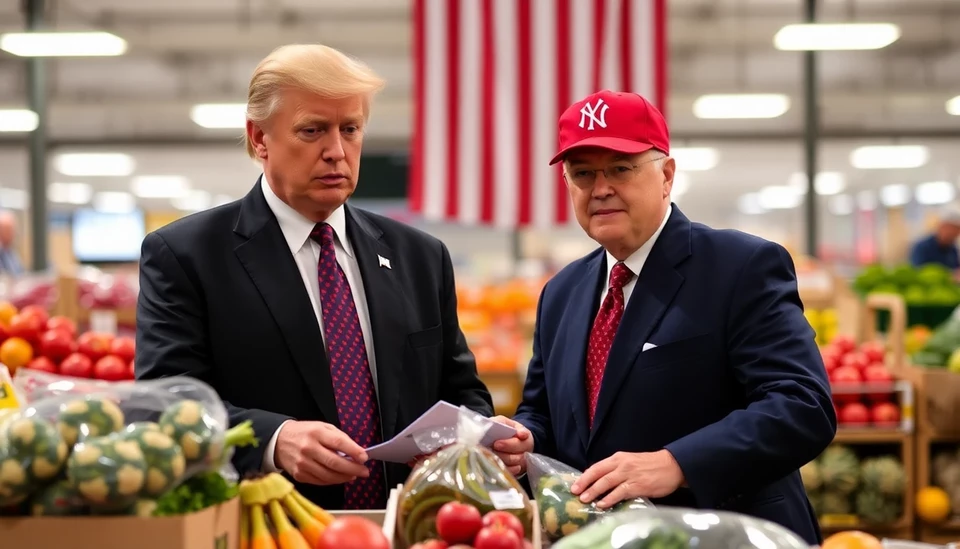
As we step into the new year, the global food market is witnessing a notable resurgence in prices, amplified by a cocktail of factors that could unsettle trade dynamics moving forward. After a period of fluctuation that kept both producers and consumers on their toes, food prices are rebounding, driven largely by tighter global supply chains and shifts in production patterns.
According to various market analysts, the rebound has been influenced by multiple factors including adverse weather conditions affecting agricultural yields and disruptions in logistics that have strained the transportation of goods. These impactful elements have cascaded into rising prices for staple food commodities, which is expected to influence global consumption patterns dramatically in 2025.
The situation is exacerbated by geopolitical tensions which are igniting additional variables into the equation. Countries are recalibrating their agricultural policies and trade agreements, as they grapple with the reality of potential trade imbalances. As nations strive for food security, there’s a palpable wave of anxiety regarding the sustainability of food supplies and prices, which in turn engender uncertainty among trading partners.
Market forecasts anticipate that this uptrend in food prices will not only challenge consumers but also complicate international trade relations. Importers may find themselves reassessing contracts and considering tariffs that could alter traditional trade routes. This climate of uncertainty may lead to heightened market volatility in the near future as nations position themselves to safeguard their food stockpiles and address rising domestic prices.
Experts warn that if the current trends are sustained, agricultural stakeholders might need to brace for more significant impacts. Farmers may face difficulties in adjusting to new pricing realities while also contending with changing regulations and market access barriers that accompany international trade shifts.
Moreover, consumer behaviors could pivot in response to price hikes, with many citizens potentially curbing their spending on food or seeking alternatives that offer better value. This behavioural shift could amplify the disconnect between supply and demand, leading to even more unpredictable market scenarios.
In conclusion, as food prices ascend, the global community needs to remain vigilant. The intertwining of economics, environmental challenges, and geopolitical tensions promises to keep the food marketplace in a state of flux, raising pressing questions about the future of food security and trade stability in the coming months.
#FoodPrices #TradeUncertainty #GlobalMarket #Agriculture #EconomicForecast #GeopoliticalTension
Author: Laura Mitchell




